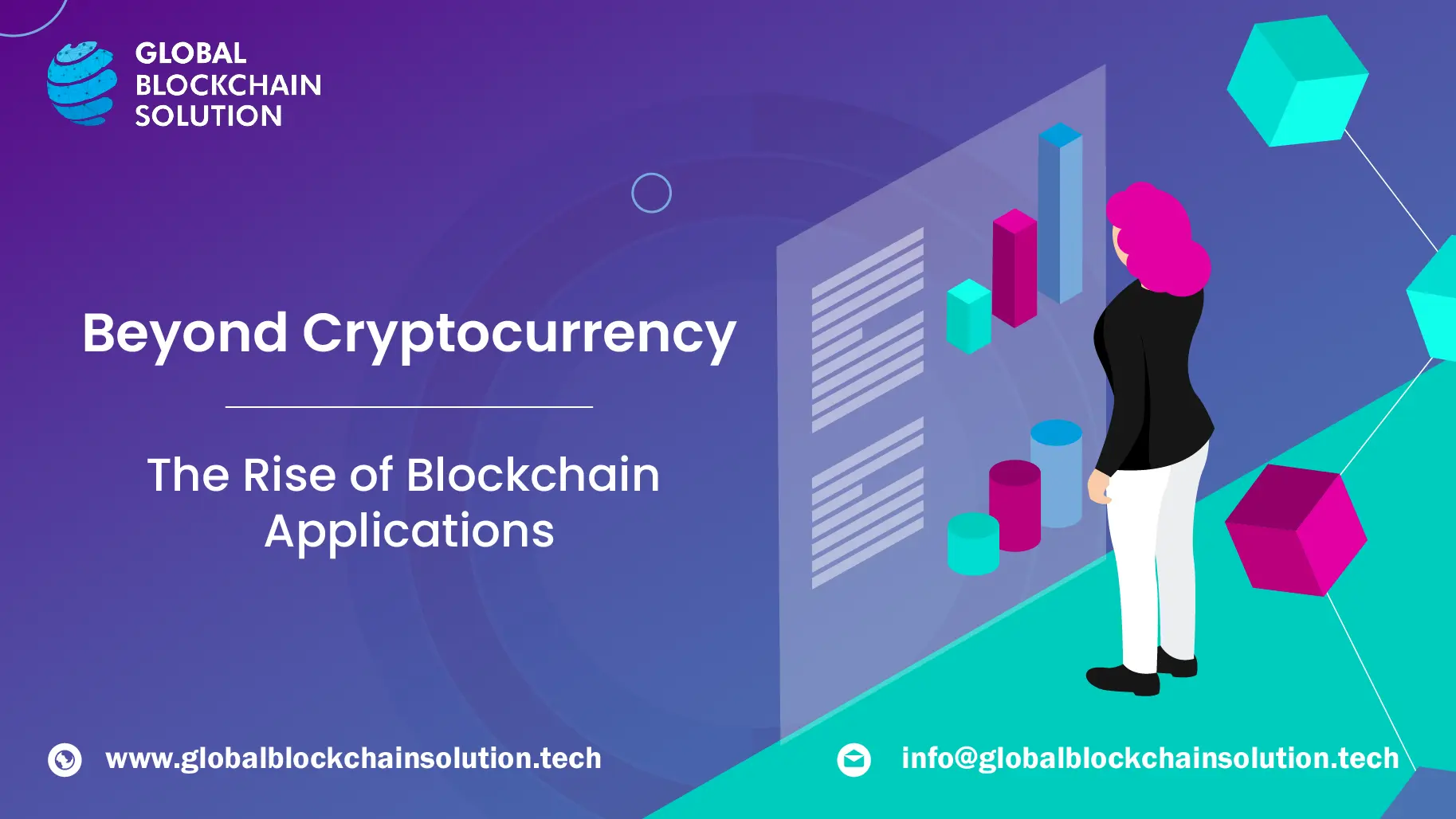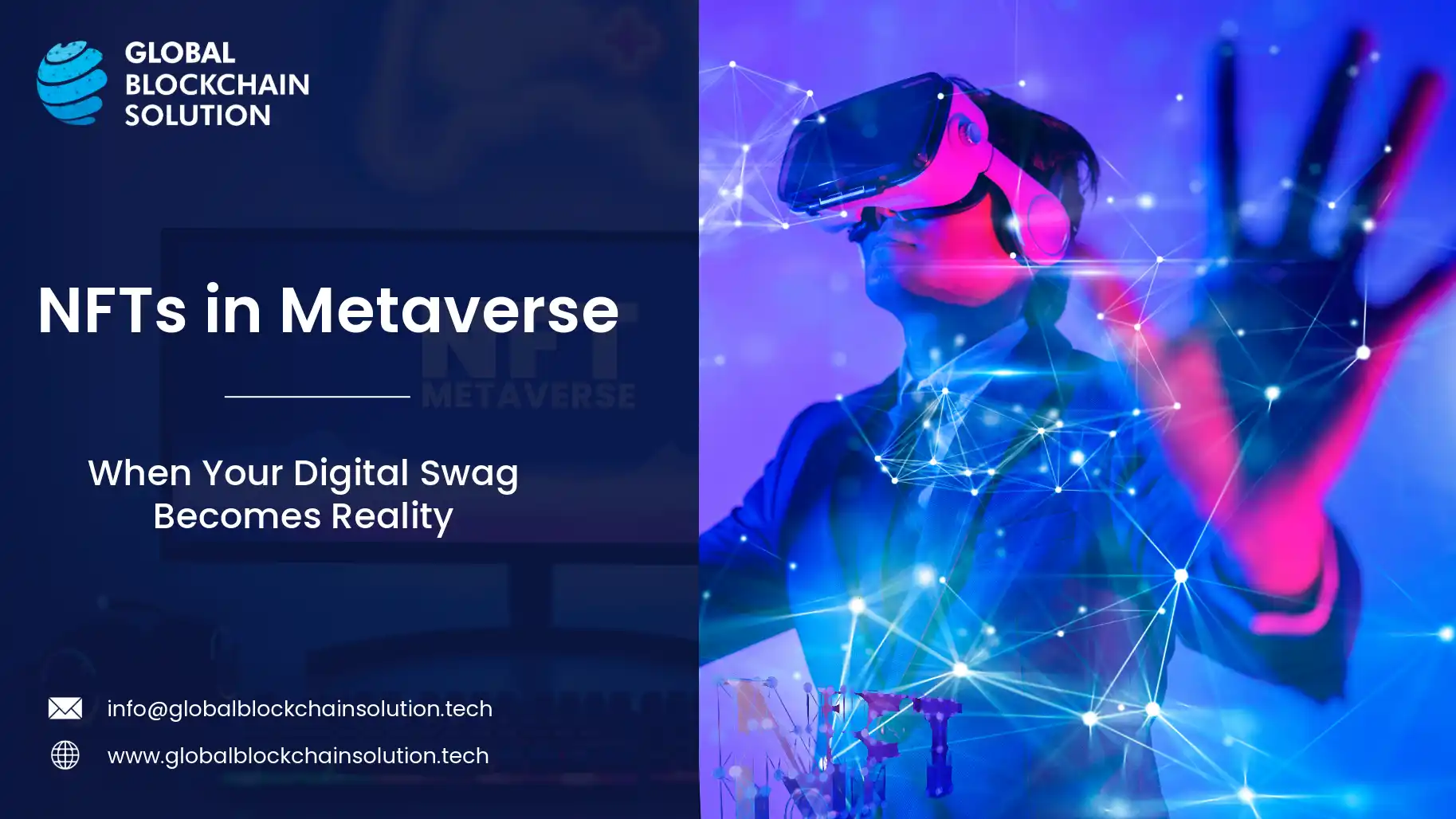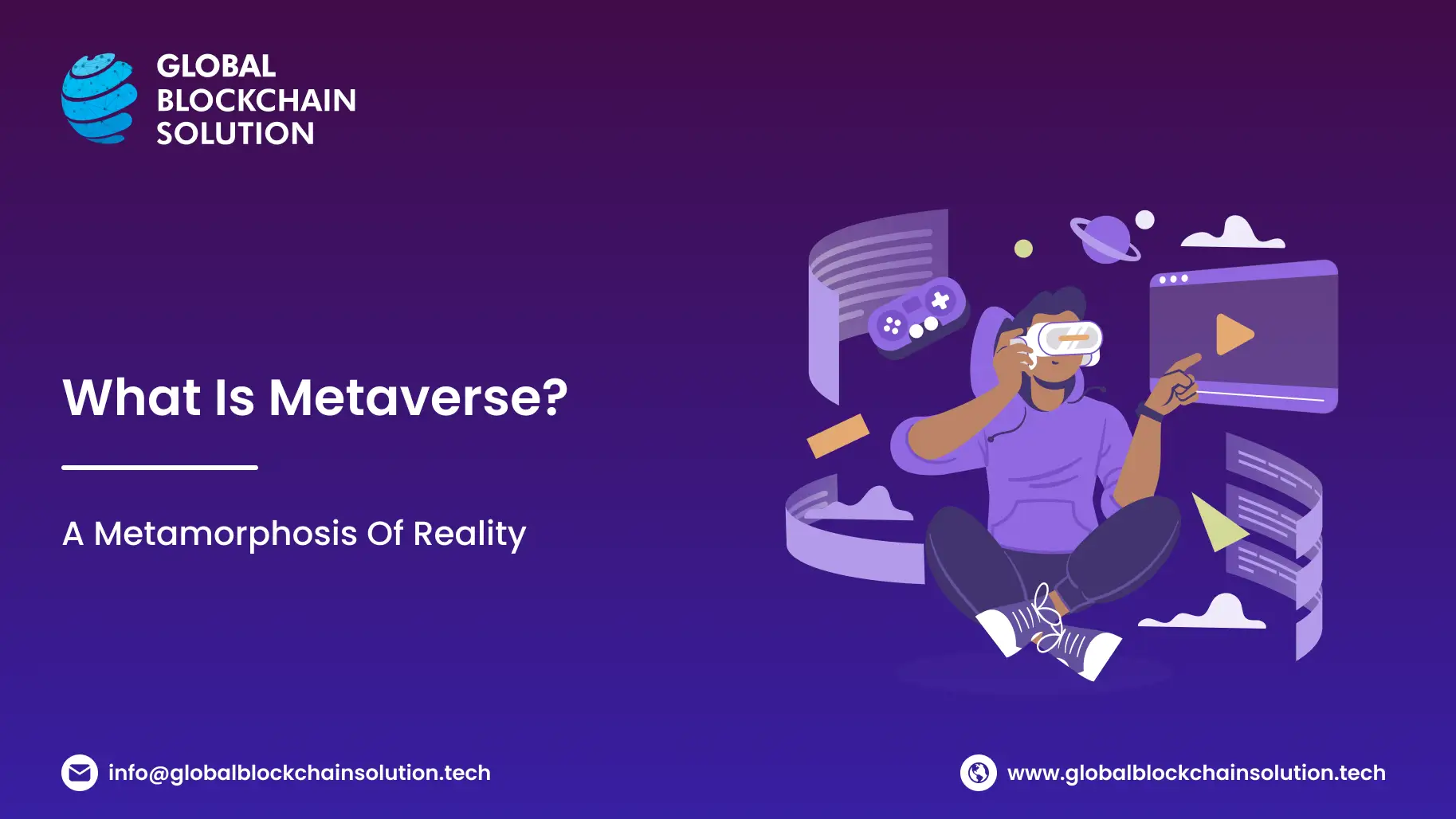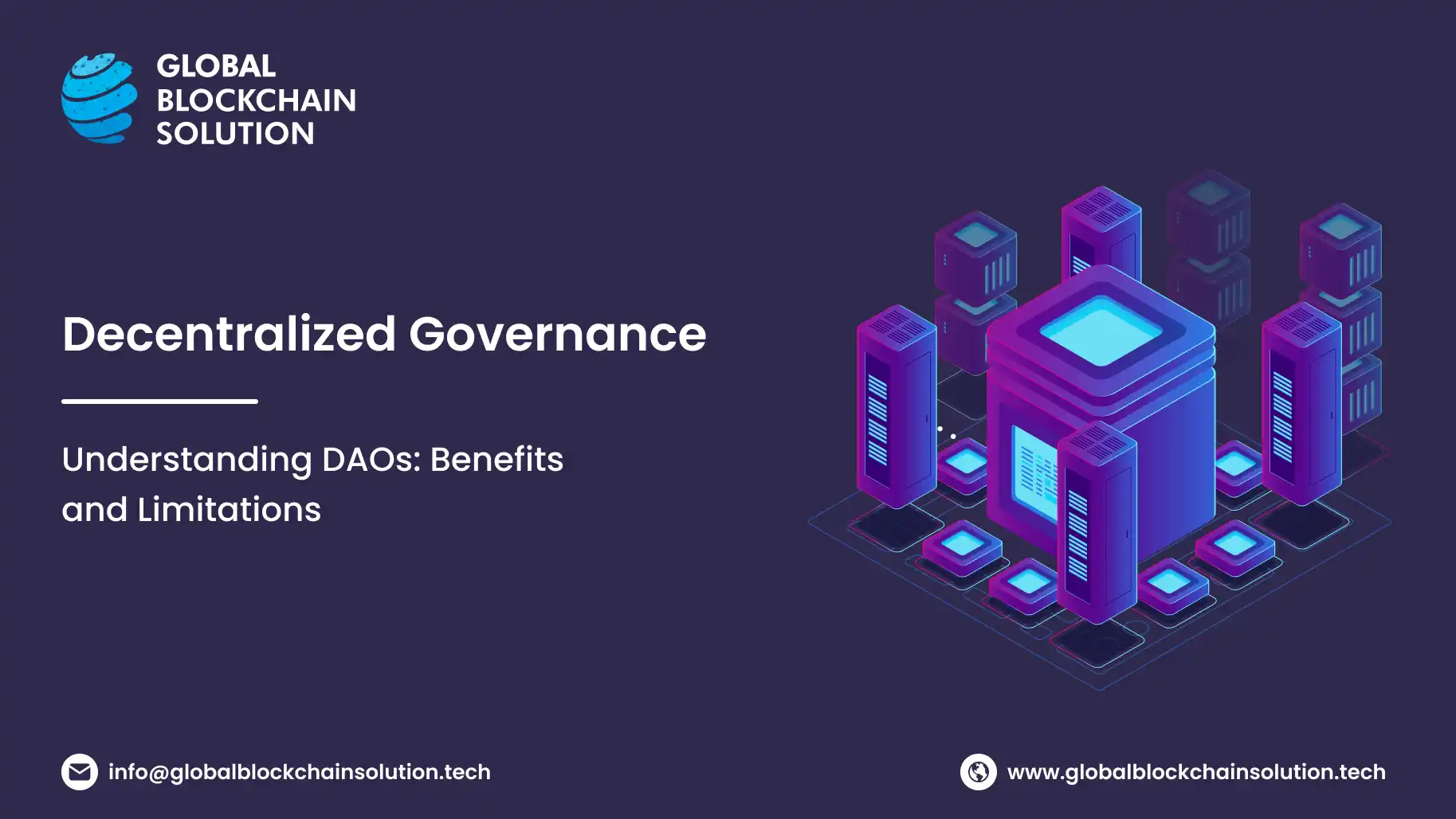Today, blockchain application development has gone beyond cryptocurrencies, opening new possibilities for advanced business applications across industries.
While finance, healthcare, and supply chain management are blockchain development’s most obvious beneficiaries, not-so-intuitive segments like artwork are also flourishing with NFT token development.
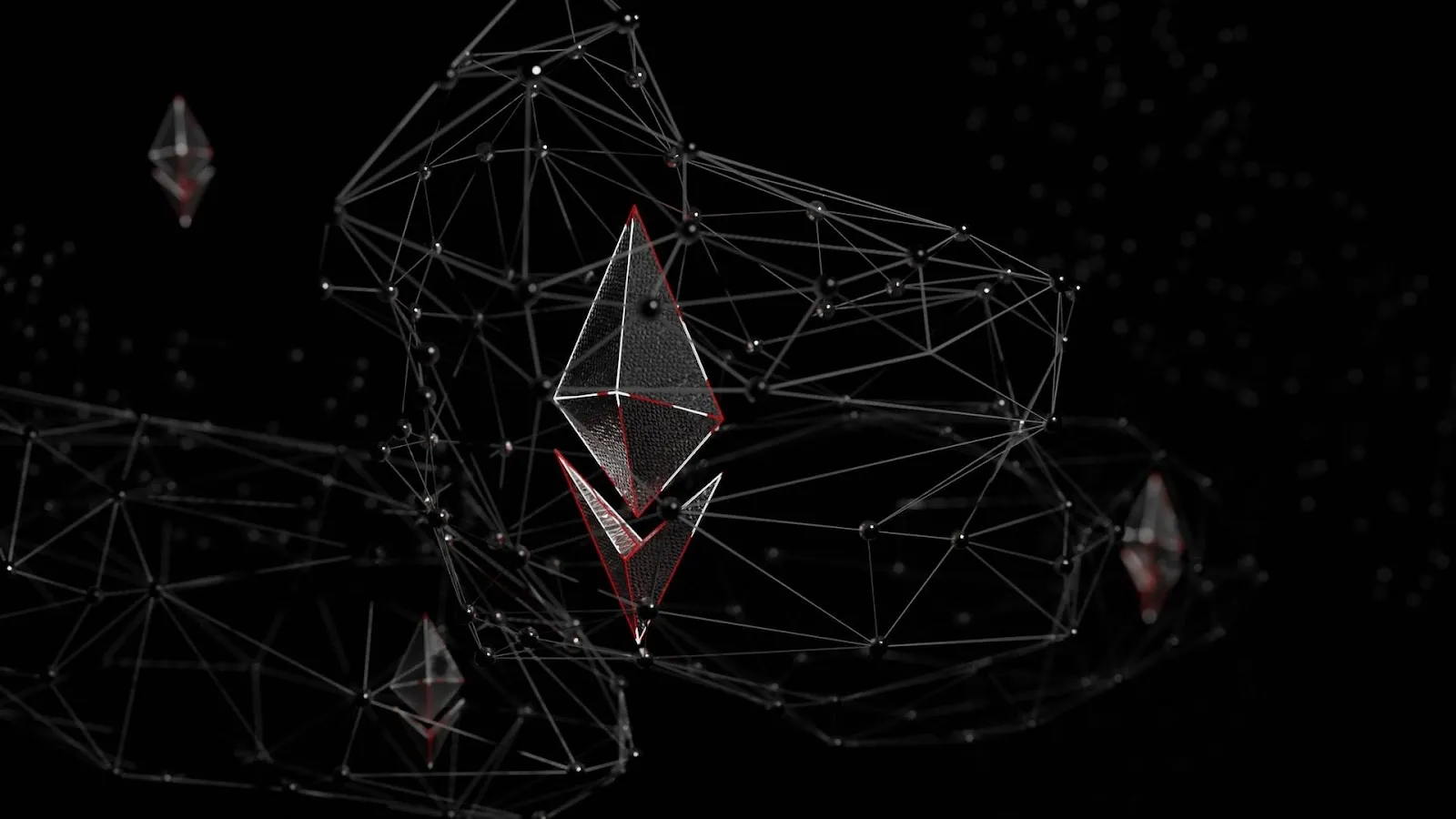
Sounds odd?
$3.16 billion. Yes, that’s what the revenues in the NFT industry are going to be by 2027 as per Statista – or nearly double what it is at present. This displays the staggering rate at which blockchain applications are growing.
However, developing enterprise-grade blockchain applications capable of securely processing large amounts of decentralized data is still a complex undertaking. So, here’s another number for you to crunch. 95%. That’s the number of blockchain applications that fail due to challenges like inexperienced developers, poor planning, and lack of post-launch support.
By understanding these potential pitfalls, you can avoid them and truly set your blockchain project up for success.
We, at Global Blockchain Solution, are passionate about everything blockchain. In this guide, we aim to provide authoritative yet accessible advice drawn from proven strategies, insights, and real-world best practices – so that you minimize risks and maximize outcomes when selecting a blockchain application development partner.
This Article Contains:
Defining Your Project Goals and Requirements
Alright, before we dive into the world of blockchain application development, let's take a step back and get crystal clear on what we’re trying to accomplish with it.
Whether you aim to create a blockchain-powered supply chain system for enhanced traceability of goods, tokenize intellectual property rights, or build an NFT marketplace for rare digital collectibles, clarity of purpose streamlines the process considerably.
So, get to the drawing board and think about everything that you, your blockchain application, and its end-users will need.
This begins all the way from what objectives the blockchain may fulfill, how the users may register or subscribe, how the payments would process, what blockchain transactions will get recorded, what external data may be required, any compliances to take care of, and any other nitty-gritty. The deeper you dive into the tiniest of details, the clearer you are about your end goals.
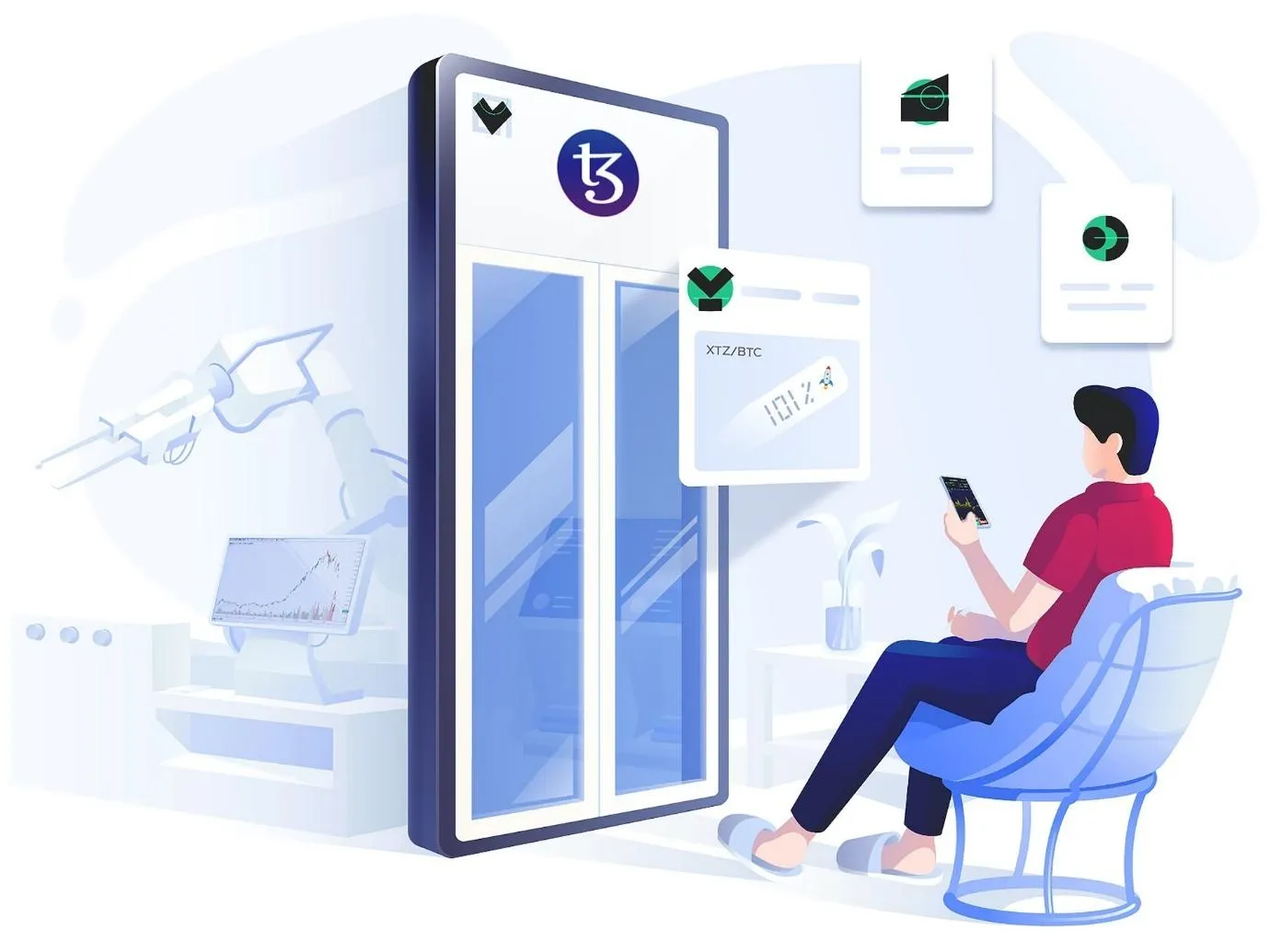
Here are a couple of things that you will need to ensure:
Research industry trends and developments. This will help you anticipate where your sector is heading and position your project accordingly.
Benchmark competitors using blockchain. Learn from what is and isn't working for them.
Conduct a SWOT analysis. This classic strategic planning technique never gets old!
If possible, host focus group discussions with potential users and stakeholders. Getting feedback from the people who will actually interact with your application is invaluable.
Taking this intentional upfront time to understand your goals, end-users, and market landscape will pay dividends when conveying your vision to prospective development partners.
Also, don’t feel shy about asking your potential partner for tips and know-how. For instance, major sports brands like Nike and Adidas have launched NFTs and metaverse spaces. However, the lack of regulation around digital assets poses risks. The right partner would offer compliance insights. It’s always good to ask.
Deep Dive into Technical Requirements
The technical architecture and stack used for your blockchain application will directly impact its performance, security, and scalability. Thoroughly planning the technical specifications is crucial to build a robust foundation for success.
1. Blockchain Platform
Evaluating platforms like Ethereum, Hyperledger Fabric ,Corda, etc. based on their capabilities is advised. For instance, Ethereum simplifies smart contract development while Hyperledger Fabric offers modular architecture. Engage blockchain architects to guide platform selection.
2. onsensus Mechanism
This validating mechanism enables trustless transactions between nodes. Analyze algorithms like proof-of-work, proof-of-stake, delegated proof-of-stake, BFT, and others based on your needs around security, scalability, and decentralization. You can check out our guide that compares 20+ consensus mechanisms in-depth to inform your decision-making.
3. Smart Contracts
Define the logic, complexity, triggers, conditions, and external interactions required. Audit smart contract security as vulnerabilities can lead to exploits. Use tools like MythX during development for dynamic security analysis.
4. Scalability Solutions
Explore layer 2 scaling options like sidechains, plasma chains, sharding, state channels, etc. along with their tradeoffs. This will future-proof your application for growth.
5. Security Protocols
Employ a defense-in-depth strategy with multi-factor authentication, cryptography, redundancies, access controls, and other security best practices baked into the architecture.
6. APIs & Integration
Plan integrations with off-chain systems for data inputs/outputs. For instance, oracles like Chainlink, Band Protocol, Tellor, etc. serve as trusted data feeds that bring external information onto the blockchain. Similarly, tools like Web3.js and Ethers.js facilitate real-world interactions if you’re working with Ethereum.
7. Development Tools
Use suites like Truffle, Hardhat, Scaffold-Eth for Ethereum, or SDKs for other platforms to accelerate development. Also, try and have automated testing. It improves quality.
8. Data Storage
Determine on-chain versus off-chain data storage based on access needs, latency, and costs. IPFS and BigChainDB are used for off-chain storage.
By meticulously mapping out all technical specifications upfront, you can identify the optimal architectures, languages, tools, and platforms for your application. This strong technical foundation sets you up for an effective development process.
Assessing a Team’s Technical Experience
We all know that A-player teams build A-grade applications. When assessing blockchain developers, here are the tech genius signs to look for:
1. Years of Experience
At least 3-5 years of developing complex blockchain applications across diverse industries is recommended. This level of hands-on experience translates to fluency with blockchain intricacies.
2. Platform Experience
Look for in-depth knowledge of leading enterprise platforms like Ethereum, Hyperledger Fabric, Corda, etc. aligned to your project's needs. Experience with niche platforms can also be beneficial for certain use cases.
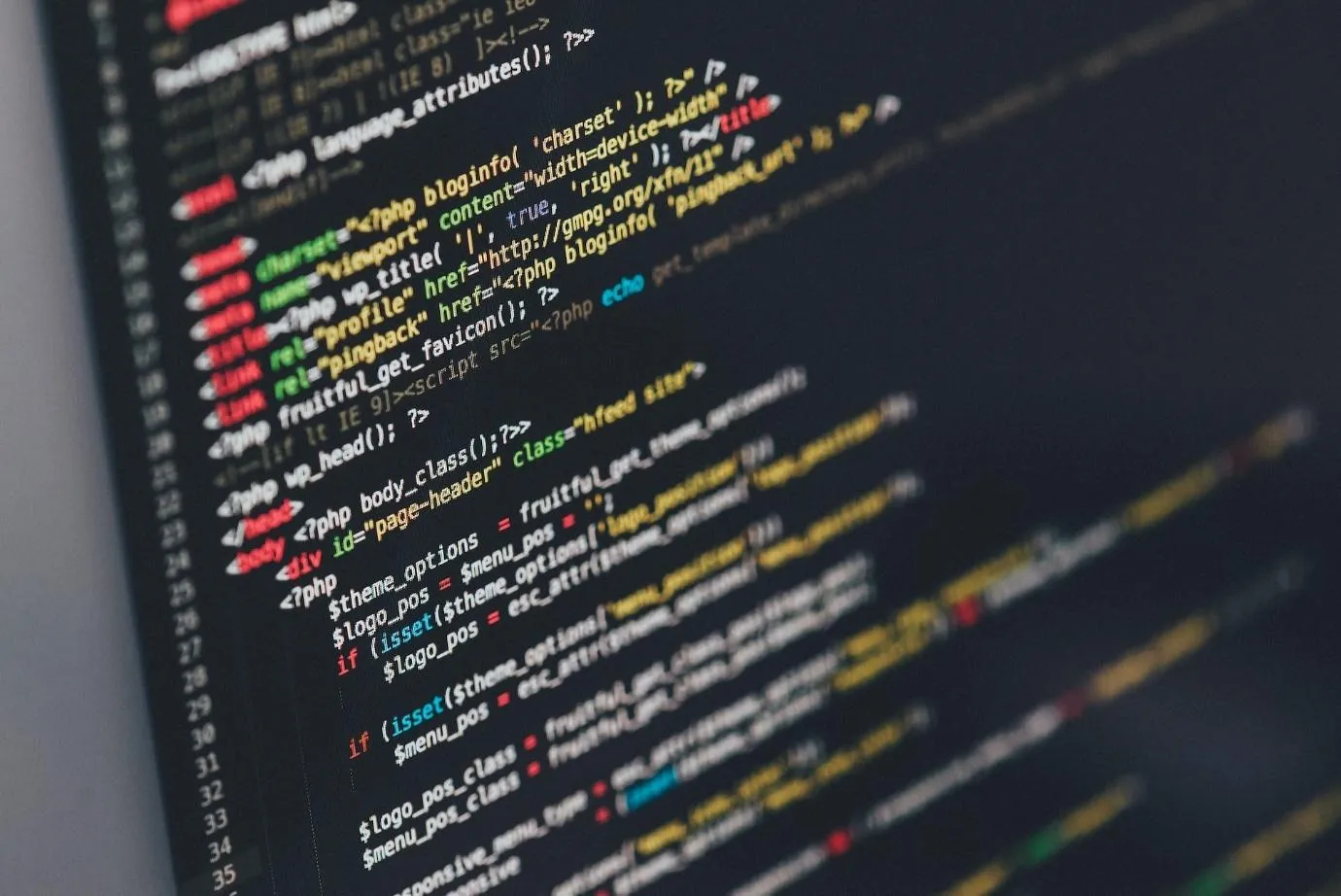
3. Proof of Concepts
Evaluate actual code samples, prototypes, and proof of concepts delivered for past clients. This provides tangible evidence of hands-on development abilities.
4. Architecture Expertise
The team should exhibit mastery over blockchain architectures, consensus mechanisms, cryptographic techniques, wallets, APIs, and other core components.
5. Smart Contracts
Assess real-world experience designing, programming, and deploying secure, well-structured smart contracts per industry best practices.
6. Coding Skills
Proficiency in languages like Solidity, Vyper, Go, Rust, and Java is table stakes. Evaluating actual code repositories gives insights into abilities.
7. Testing/Debugging
Check their expertise with testing frameworks and automation tools, and debugging complex code across frontend and backend systems.
8. Deployment Experience
End-to-end expertise in deploying and supporting blockchain applications in production environments is vital.
Conducting technical discussions and reviewing past work gives clear validation of the team's capabilities. This rigorous evaluation helps ensure your project's technical foundations are solid.
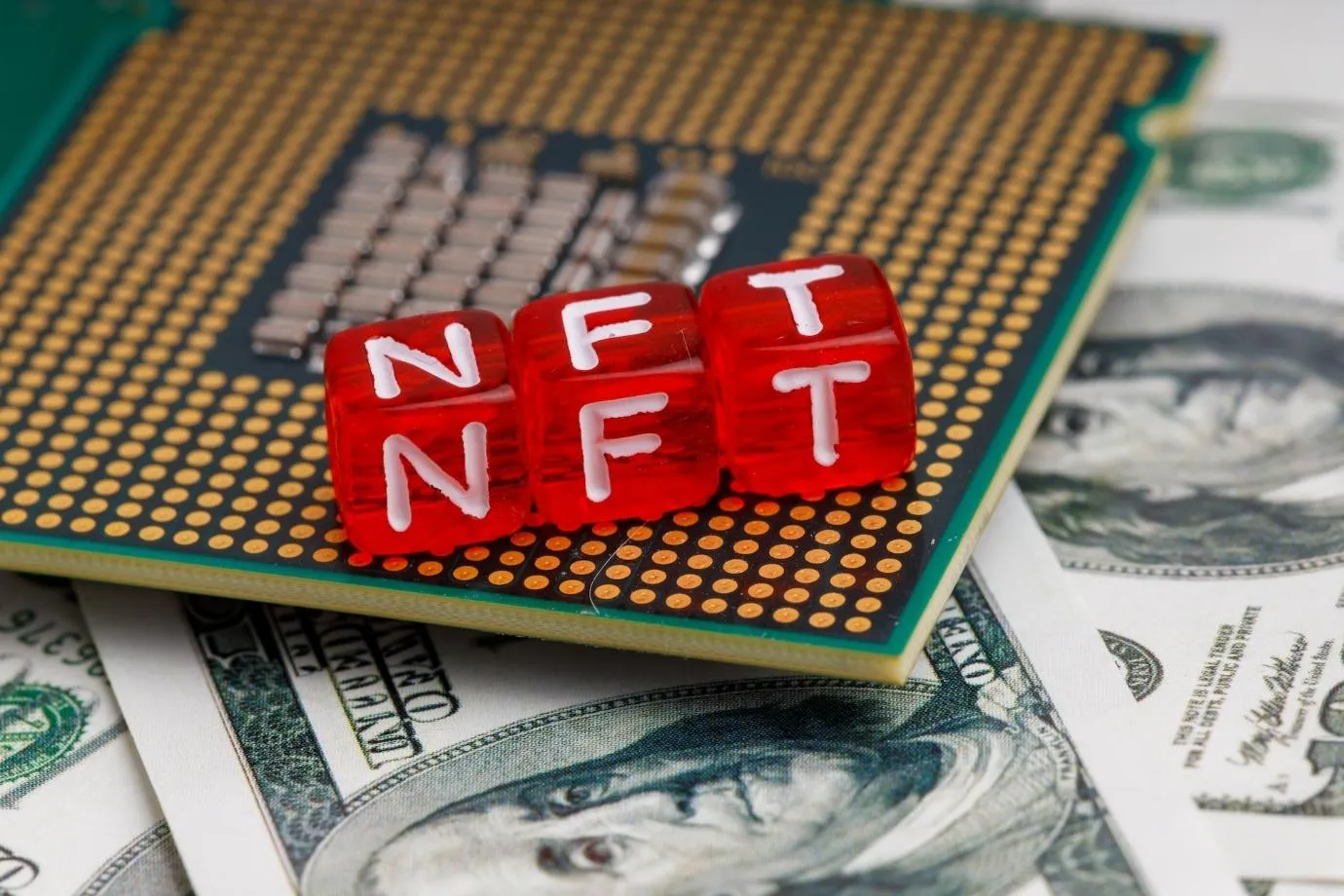
Evaluating Development Capabilities
Selecting a blockchain development team goes beyond assessing technical skills alone. It's crucial to conduct a 360 evaluation across these key dimensions:
1. Technical Capabilities
Gauge expertise across blockchain architectures, consensus protocols, smart contracts, security, cryptographic techniques, and emerging advancements. Look for both fundamentals and cutting-edge knowledge.
2. Team Composition
Examine specialized in-house talent including blockchain architects, developers, QA engineers, UX/UI designers, DevOps experts, etc. Diverse skills enable robust end-to-end development.
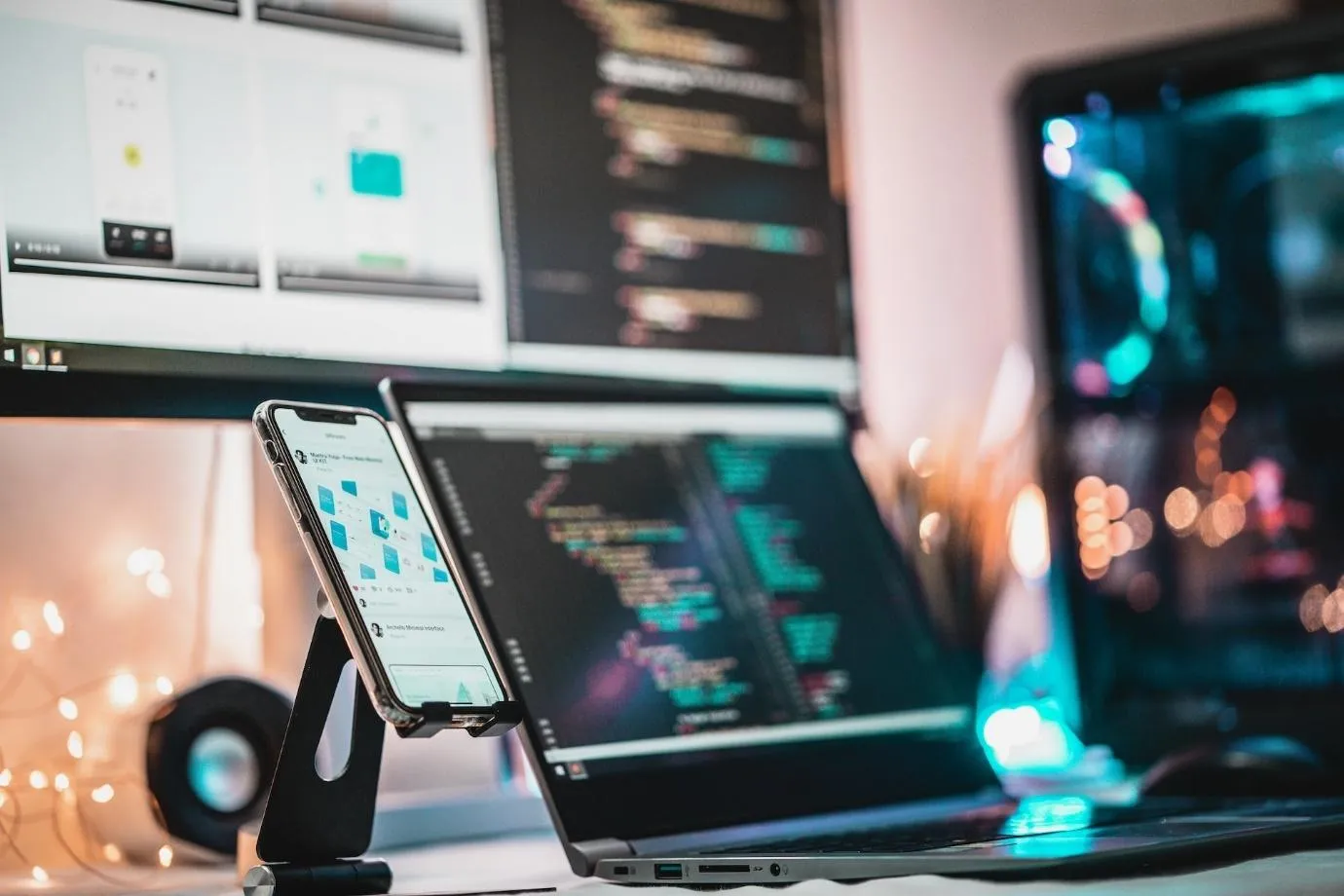
3. Development Methodology
Determine if agile, iterative approaches are followed to allow fast experimentation and modifications for novel blockchain use cases.
4. Legal Knowledge
Blockchain projects have complex compliance implications. Evaluate the partner's in-house legal resources and advisory capabilities around regulations, licensing, data privacy, etc.
Also Read: The Legality of Launching an ICO in the US in 2023
5. Business Acumen
Analyze their ability to deeply understand business requirements and translate them into optimized technical solutions. Diverse industry experience is useful.
6. Marketing and Launch
The partner should have experience creating hype and driving adoption for blockchain applications via marketing campaigns, exchange listings, community engagement, etc.
7. Quality Processes
Review the rigor of software development lifecycles, security controls, testing automation, architecture reviews, and other mature processes that underpin high-quality delivery.
8. Success Record
Examine client retention levels, projects delivered on time as well as budget, and applications still in production. This validates true end-to-end execution excellence.
Conducting interactive workshops with a prospective partner provides first-hand insights into strategic thinking, problem-solving, and collaboration abilities across these dimensions. A rigorous 360 assessment helps de-risk your blockchain initiative.
Use tools like Jira or Trello for project management. You should also consider using collaborative tools like Slack or Microsoft Teams for real-time communication and to keep all stakeholders in the loop. They help in tracking progress, managing tasks, and ensuring timely delivery.
Look for End-to-End Services
When seeking a partner for your blockchain project, it's essential to ensure they offer a comprehensive suite of services.
Here's what to look for:
1. Requirements Analysis
Conduct workshops or brainstorming sessions with potential partners to gauge their understanding of your business needs.
A partner who asks the right questions and challenges assumptions can help refine your project's direction.
2. Deployment Support
Ask for case studies where the partner has successfully managed project launches.
A smooth launch often depends on meticulous planning and real-world testing.
3. Post-Launch Support:
Ensure there's a clear agreement on the duration and extent of post-launch support.
Continuous support is crucial as unforeseen issues often arise after going live.
4. Training
If applicable, request a training demo or materials to gauge the quality of knowledge transfer.
Effective training can significantly reduce the long-term costs of in-house operations.
Determining the Pricing Models
Understanding pricing models is crucial for budgeting and ensuring value for money:
1. Fixed Cost
Clearly define project scope and deliverables to avoid future disputes.
Note: This model is riskier for vendors, so they might inflate prices to cover potential overruns.
2. Time and Material
Set regular check-ins to monitor progress and costs.
Here, we have flexibility but require vigilant oversight to prevent cost overruns.
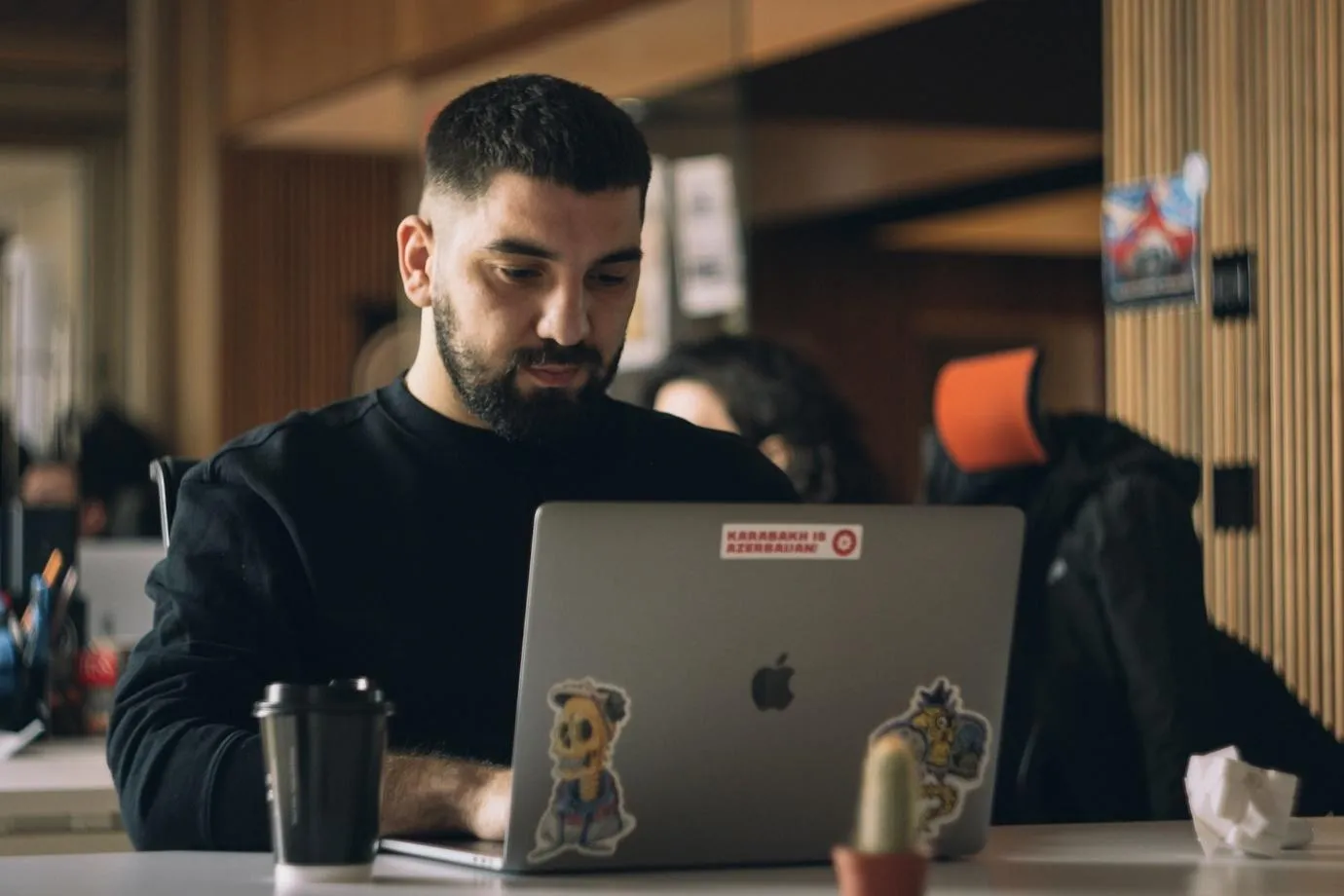
3. Milestone-based
Define clear, measurable milestones with associated deliverables.
Milestone payments can motivate timely delivery and ensure alignment with project goals.
Tip: Always set aside a 10-20% contingency budget. Blockchain projects can be unpredictable, and it's wise to be prepared for unforeseen expenses.
Post-Deployment Services
Ensuring long-term success requires robust post-deployment support:
4. Maintenance SLAs
A well-defined SLA can prevent misunderstandings and ensure timely support. So, negotiate SLAs that align with your business's operational needs.
5. Scalability
As user bases grow, the initial architecture might need enhancements to maintain performance. You must discuss potential growth scenarios with your partner to assess the potential scalability solutions.
6. Training
Empowering your in-house team reduces dependency on external support during the project lifecycle. It’s good to have a partner that provides comprehensive documentation and hands-on training sessions.
7. Stress Testing
Identifying bottlenecks early can prevent costly downtimes or performance issues. Scheduling regular stress tests, especially before major updates or changes, is always a good idea.
8. Future Support
The blockchain landscape evolves rapidly, which makes having a partner ready to adapt invaluable. Establish a roadmap for potential future collaborations or support needs.
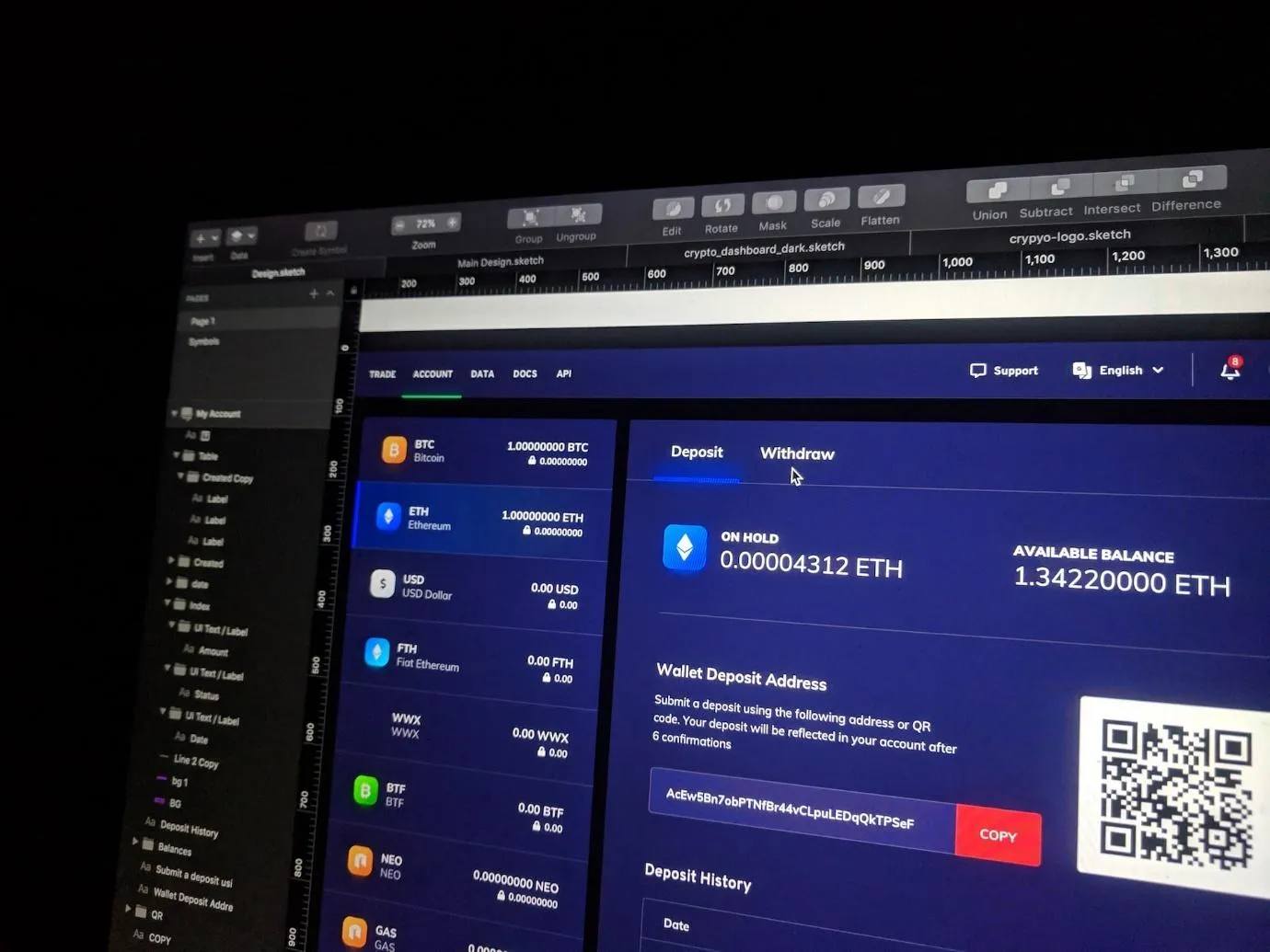
To Wrap It Up…
Selecting the right blockchain application development partner is a meticulous process. By defining your project vision, conducting market research, and understanding the intricacies of blockchain application development, you can identify a partner that aligns with your goals. With the tips and expert insights provided, you can mitigate project risks and ensure your blockchain application achieves its maximum potential.
If you need any help, always feel free to contact us and pick our brains on a 15-minute call.
Frequently Asked Questions
1. How do I choose the right blockchain development company?
Start by defining your project's goals and understanding your needs. Look for companies with technical expertise in your desired blockchain platform, a comprehensive suite of services, a transparent pricing model, and a proven track record.
2. What should I consider when selecting a blockchain platform?
onsider the platform's suitability for your project's objectives, its scalability, security features, consensus mechanism, and the strength of its developer community.
3. Which blockchain network is best for my project?
It depends on your project's specifics. Ethereum is popular for decentralized apps and smart contracts, Hyperledger Fabric for enterprise solutions, and Corda for financial services. Depending on the niche requirements, platforms like EOS, Tezos, or Binance Smart Chain might be suitable. Always align the choice with the project's specific needs.
4. What qualities should I look for in a blockchain developer?
A good blockchain developer should have 3-5 years of experience, proficiency in leading blockchain platforms, mastery of relevant coding languages, expertise in smart contracts, and a commitment to continuous learning in the evolving blockchain landscape.
5. How do I ensure the technical robustness of my blockchain project?
Plan your technical specifications meticulously. This includes choosing the right blockchain platform, consensus mechanism, smart contract details, scalability solutions, security protocols, and integration tools.
6. How important is post-deployment support?
It's crucial. Ensure your chosen company offers robust post-launch support, including maintenance, scalability solutions, training, stress testing, and future support.

